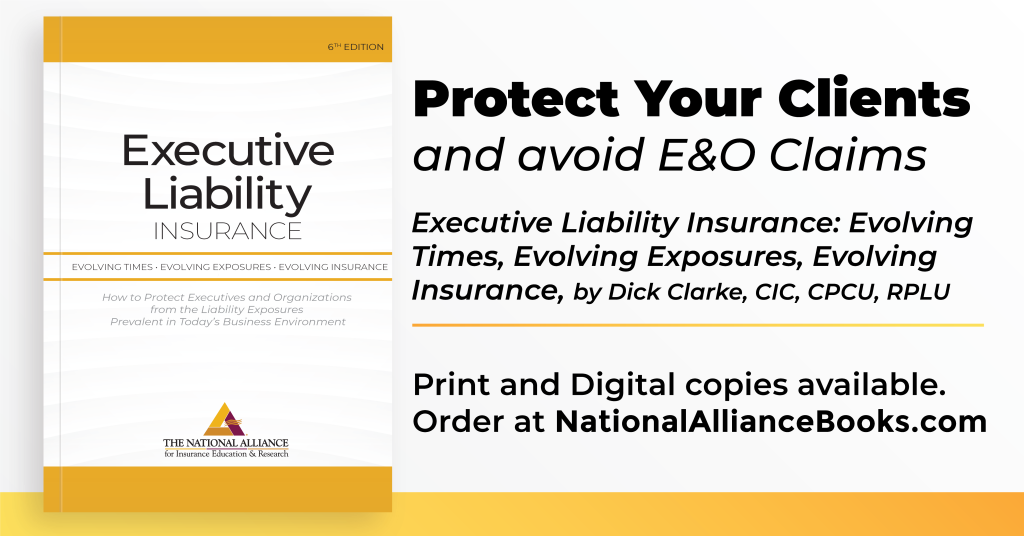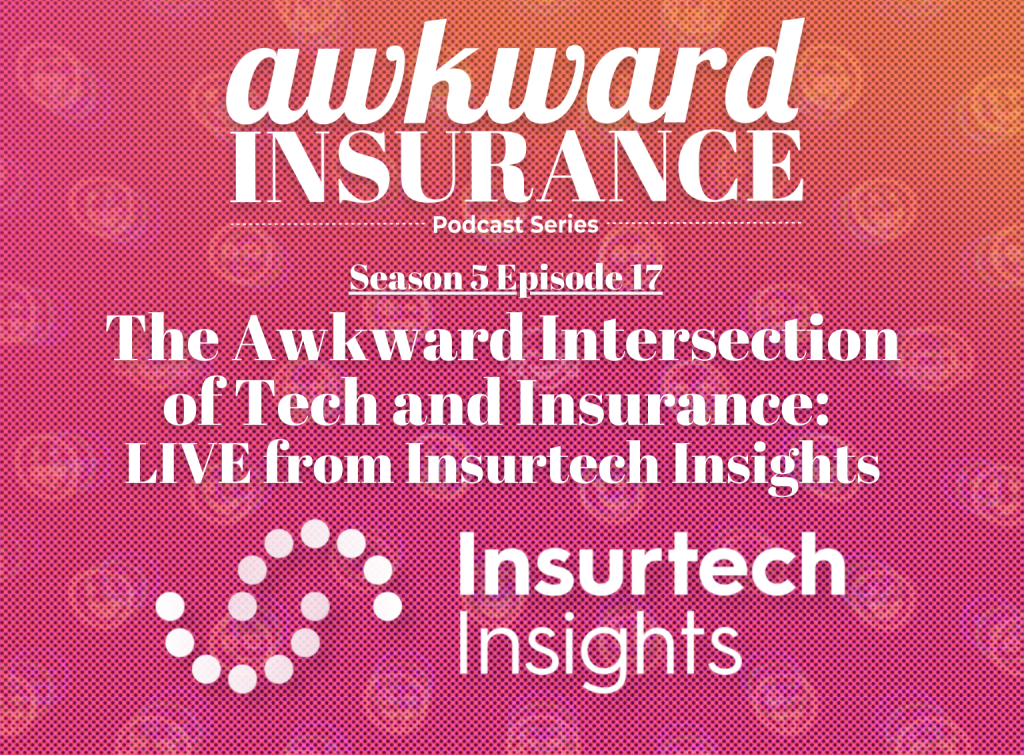By: Jerry Kennedy, CIC
Properly covering an insured’s home is no simple task. Often, when a client is buying a new home, they’re too busy to take the time to do a thorough review of their homeowners’ coverage. It can be up to the customer service representative (CSR) or account manager, when they’re reviewing a policy renewal or making changes requested by the insured, to point out things that may not be properly covered and to endorse the policy with the coverage needed.
The National Alliance offers two William T. Hold Seminars that focus on homeowners’ insurance and equip CSRs and other agency staff with a better understanding of what’s covered and what’s not. They provide current information on changes in policy forms and coverages, and the instructors provide a wealth of real-life examples of the loss exposures faced by homeowner clients.
Good customer service isn’t something that’s “one and done.” It’s not enough to have a template of standard endorsements that should be included on a new policy. For example, most agencies will include one of the following endorsements on every new homeowners’ policy:
- Additional Limits of Liability for Coverages A, B, C, and D (HO 04 11 05 11)
- Specified Additional Amount of Insurance for Coverage A – Dwelling (HO 04 05 11)
These endorsements provide additional coverage to replace the home if the dwelling limit isn’t enough—often an additional 50% of what Coverage A provides. This additional dwelling coverage is almost always needed in the event of a total loss. What insureds don’t realize is that if they make improvements to the home that increases the dwelling’s rebuilding cost and fail to notify their insurer, all of that additional coverage provided by the endorsement will be lost. The CSR who knows the importance of asking about home upgrades when conducting a renewal review can help the insured complete the updated replacement cost estimate needed to keep the additional coverage in effect.
The Homeowners’ Policy also has a number of endorsements available which are designed to provide additional coverage for business properties and activities. But all of them have limitations of which an untrained CSR may not be aware of. Here are a couple of examples:
• Increased Limits on Business Property (HO 04 12 05 11)—This endorsement can be used to increase the standard limitation of $2,500 for personal property used for business purposes, up to a maximum of $10,000. Unfortunately, the additional $7,500 in coverage isn’t provided for property in storage, property that’s for sale, or any property of a business that’s being conducted at the home.
• Permitted Incidental Occupancies (HO 04 42 10 00)—This endorsement is designed to cover home office exposures and will cover business furnishings, supplies, and equipment in the insured’s home. However, there’s no coverage for other business property, including any retail inventory.
When CSRs are aware of these types of limitations, they can recommend other policies, including commercial insurance, that will provide the needed coverage.
Often, homeowners’ endorsements can have very similar names, yet have critical differences in the coverage they provide. For example, a CSR could use one of the following endorsements to provide coverage for an insured’s expensive jewelry: Scheduled Personal Property Endorsement (HO 04 61 05 11) or Scheduled Personal Property Endorsement (With Agreed Value Loss Settlement) (HO 04 60 05 11). Either would protect the scheduled jewelry against almost any type of loss or damage. But the HO 04 61 form provides that the insurer is not obligated to pay more than the cost to replace the property. A ring scheduled for $20,000 based on a jeweler’s insurance valuation might be replaceable by an insurer for as little as $10,000, limiting the loss payment to potentially half of the limit for which the ring is insured. In order for an insured to collect the full, scheduled retail value of the ring, the agency would need to use the HO 04 60 endorsement, which would pay the full “agreed” value in the event of loss.
Coverage can also vary dramatically between endorsements with different edition dates. For example, the most recent version of Supplemental Loss Assessment Coverage is the 2011 endorsement (HO 04 35 05 11). Like earlier editions of the endorsement, it is used to increase the coverage for property or liability loss assessments against a homeowner by their Homeowners Association (HOA) from the $1,000 that’s included automatically, to a maximum of $50,000. But only the recent edition provides coverage
for loss assessments made against a homeowner that are due to the HOA’s property insurance having a large deductible. This is also an issue for condominium owners (and is another topic covered in the William T. Hold Seminars).
One of the biggest benefits of these seminars is that they help agency staff understand the changing exposures clients face. For example, residential building codes have changed dramatically in recent years. New homes must meet all kinds of new construction standards for wind-resistant roofing, earthquake resistance, as well as electrical and plumbing safety. One state now requires residential fire sprinkler systems, as well as solar panels, on all new homes. Whenever a home suffers substantial damage, it may have to be modified to comply with all of the current building codes. And to do so, in some cases, undamaged portions of the home may have to be demolished, disposed of, and rebuilt. All homes may need more than the 10% of Coverage A – Dwelling that’s provided automatically in the policy. Ordinance or Law Increased Amount of Coverage (HO 04 77 10 00) should be recommended at a minimum of 50% of Coverage A.
In an industry that’s always changing, staying current is critically important. William T. Hold Seminars provide CSRs with the knowledge they need about the latest policy changes. Here are two recent examples:
- ISO introduced a mandatory countrywide endorsement to their Homeowners’ program in 2015, titled Residence Premises Definition Endorsement (HO 06 48 10 15). The endorsement changes the definition of the insured’s “residence premises” to be one where the policyholder must reside at the beginning of the policy period. This clarification was in response to a number of court cases where insurers had successfully denied claims for homes that weren’t “resided in” by the owner at the time of loss. While the clarification is helpful, problems remain for homes that owners buy and don’t move into immediately, or homes that the insured moved out of prior to the policy renewal. For homes where occupancy is delayed, ISO has introduced the Broadened Residence Premises Definition Endorsement (HO 06 49 10 15) to provide coverage throughout the delay.
- Another recent countrywide change is ISO’s response to home-sharing services like AirBnB—the Home-Sharing Host Activities Amendatory Endorsement (HO 06 53 02 17). The endorsement limits or removes coverage for other structures that are being “shared,” as well as any other property that is being used in a part of the home-shared residence. Exclusions for home-sharing are also added to Personal Liability coverage, including any Personal Injury coverage that is endorsed. The endorsement defines “home-sharing activities” very broadly, potentially including any rental arranged and paid for on a website, app, or similar electronic means. This could remove coverage for rental exposures previously covered by the policy, including rental of other parts of a multi-family home. Some of the coverage lost can be added back by using the Broadened Home-Sharing Host Activities Coverage Endorsement (HO 06 63 02 17).
Keep in mind, William T. Hold Seminars provide this same kind of practical, current, coverage information for many areas of personal lines, as well as commercial lines. These seminars expand product knowledge for participants and will provide continuing education credit as well as update credit for the CISR and CSRM designations—yet another way The National Alliance delivers the industry knowledge critical to career success.














































